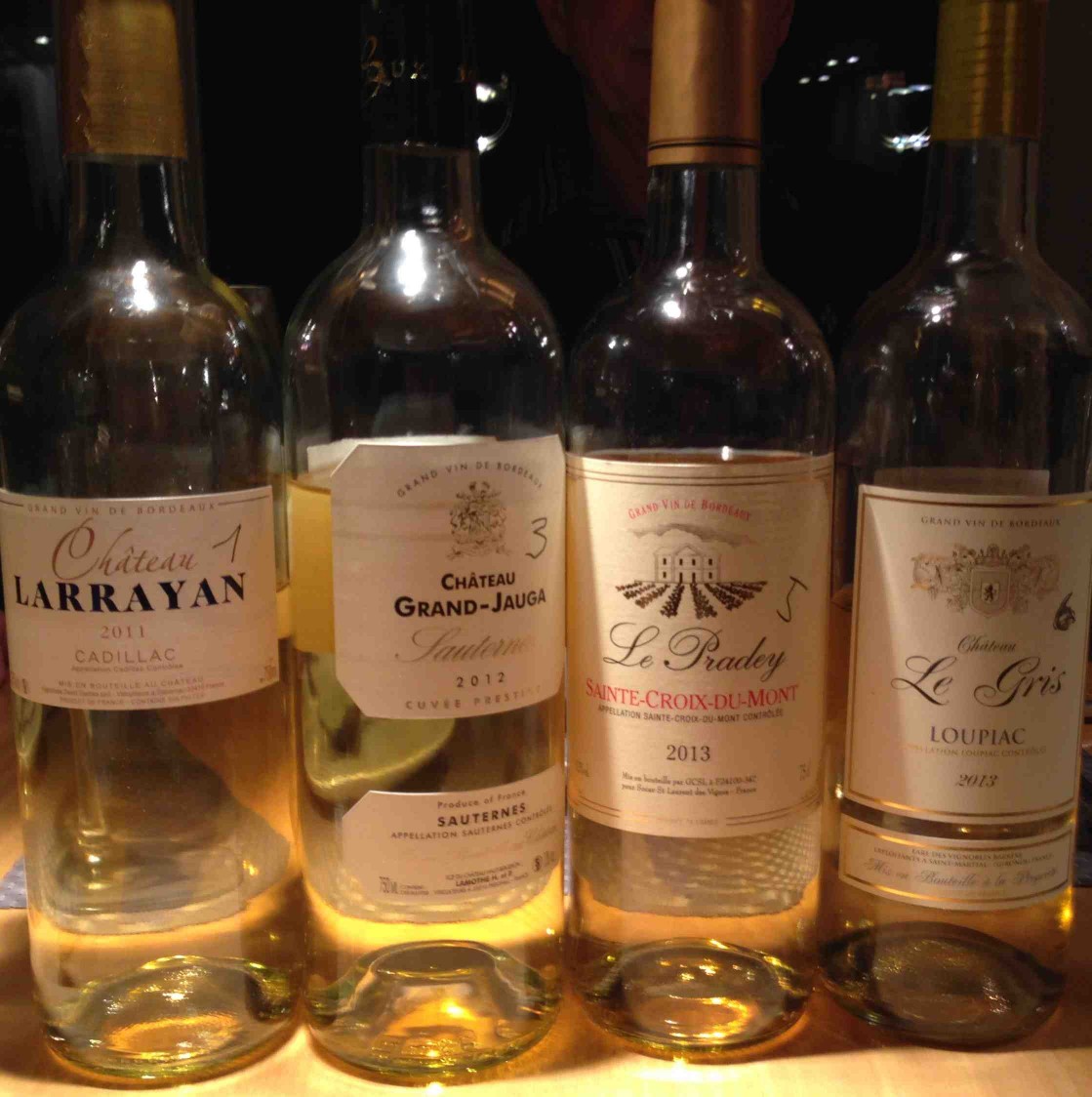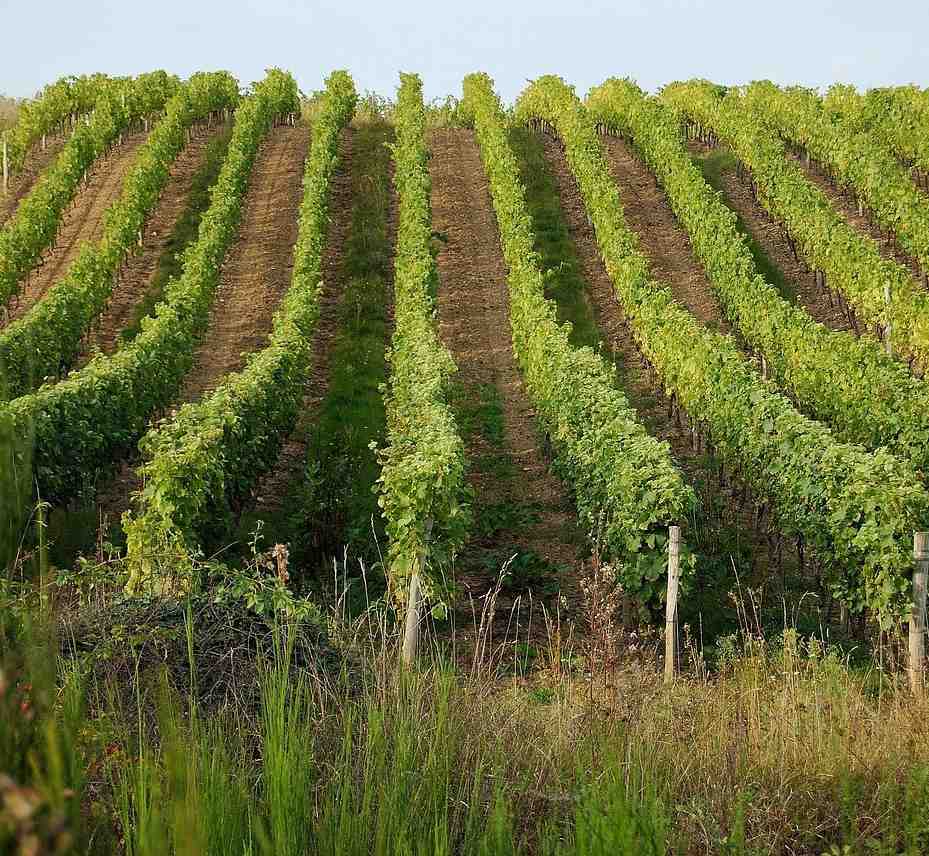
Château Bellerive cultivates twelve hectares of Chenin Blanc-planted vineyards in the commune of Rochefort-sur-Loire. Part of this community is located in the 54-hectares Quarts de Chaume appellation, which is also part of the nearly 3400 hectares AOC Coteaux du Layon.
Quarts de Chaume wines,- concentrated, expressive and extremely long-lived -, have the status Grand Cru, which can also be labeled on the label – the wines of the Coteaux du Layon appellation may only be labeled Premier Cru.
The Grand Cru status is due not only to the very low yield of 20 hectoliters per hectare, but also to the location. The vineyards in Quarts
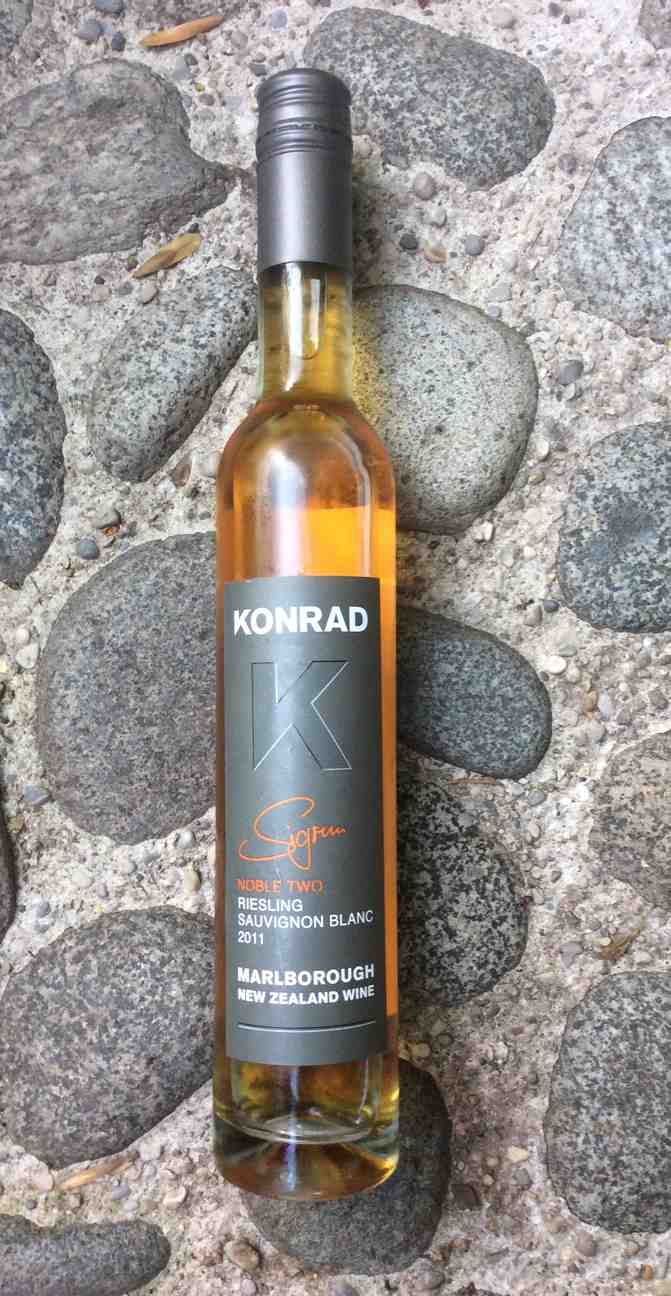 The fact that first-class dry Sauvignon Blanc is produced at Marlborough on New Zealand’s South Island only became known at the end of the 1980s, when Cloudy Bay‘s Sauvignon Blanc became a cult wine. Sensitivity to botrytis makes this grape variety a suitable candidate for sweet wine, as does the Riesling. If the microclimate is right, there is a body of water like river or lake nearby, so wet fog can develop with its humidity, but quickly dry off from the grapes by wind and sun, these are usually the ideal conditions to harvest
The fact that first-class dry Sauvignon Blanc is produced at Marlborough on New Zealand’s South Island only became known at the end of the 1980s, when Cloudy Bay‘s Sauvignon Blanc became a cult wine. Sensitivity to botrytis makes this grape variety a suitable candidate for sweet wine, as does the Riesling. If the microclimate is right, there is a body of water like river or lake nearby, so wet fog can develop with its humidity, but quickly dry off from the grapes by wind and sun, these are usually the ideal conditions to harvest 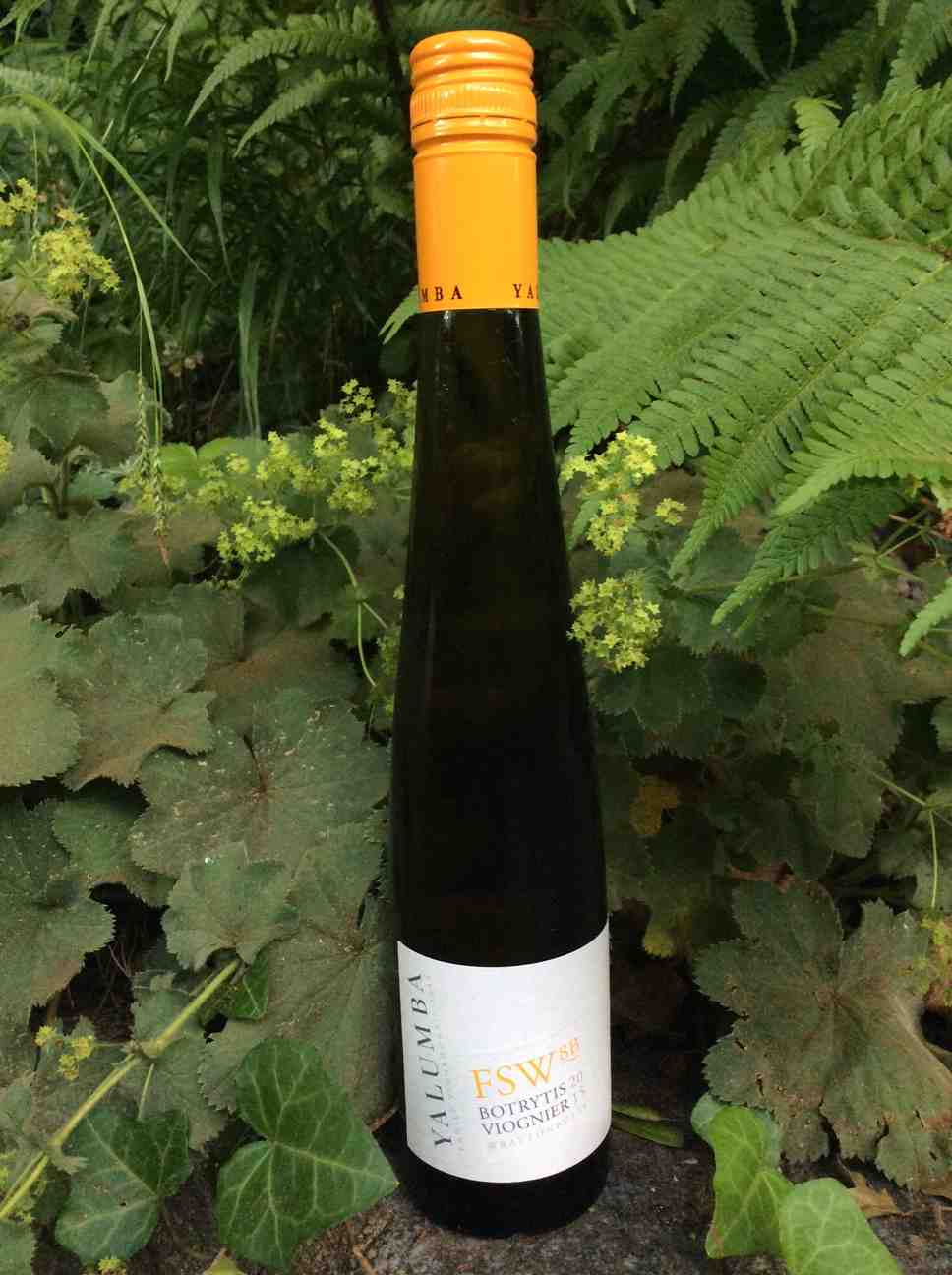 There are more than 60 wine growing regions in Australia, I suppose in this country only few fans of Australian wines know more than a handful of these regions: for example Shiraz from McLaren Vale or Barossa Valley or Cabernet Sauvignon from Coonawarra.
There are more than 60 wine growing regions in Australia, I suppose in this country only few fans of Australian wines know more than a handful of these regions: for example Shiraz from McLaren Vale or Barossa Valley or Cabernet Sauvignon from Coonawarra.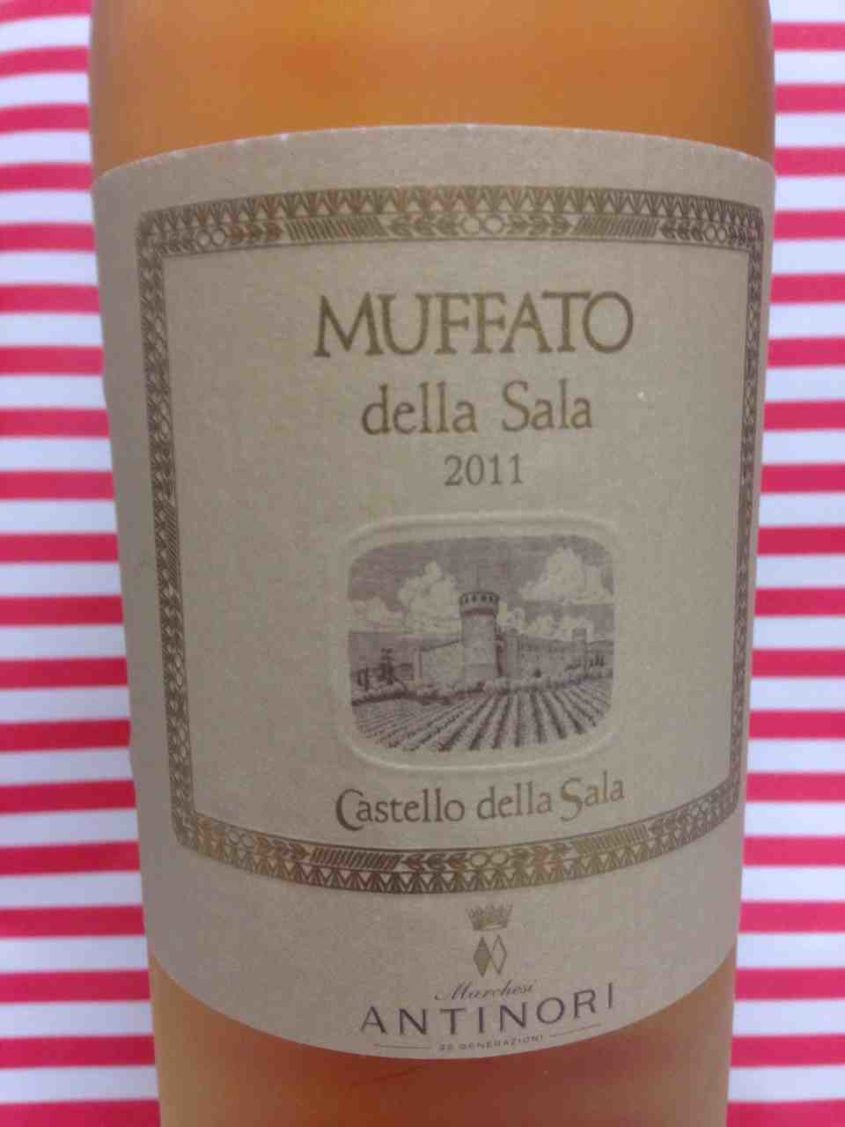 At our Italian evening Hans and I agreed in the judgment of the Muffato della Sala 2011 by Castello della Sala: In the nose like Sauternes, on the palate somehow stronger, the sweetness a bit too noticeable, there are some similarities with Passito, nevertheless no Passito – in short one very good, original Italian sweet wine.
At our Italian evening Hans and I agreed in the judgment of the Muffato della Sala 2011 by Castello della Sala: In the nose like Sauternes, on the palate somehow stronger, the sweetness a bit too noticeable, there are some similarities with Passito, nevertheless no Passito – in short one very good, original Italian sweet wine.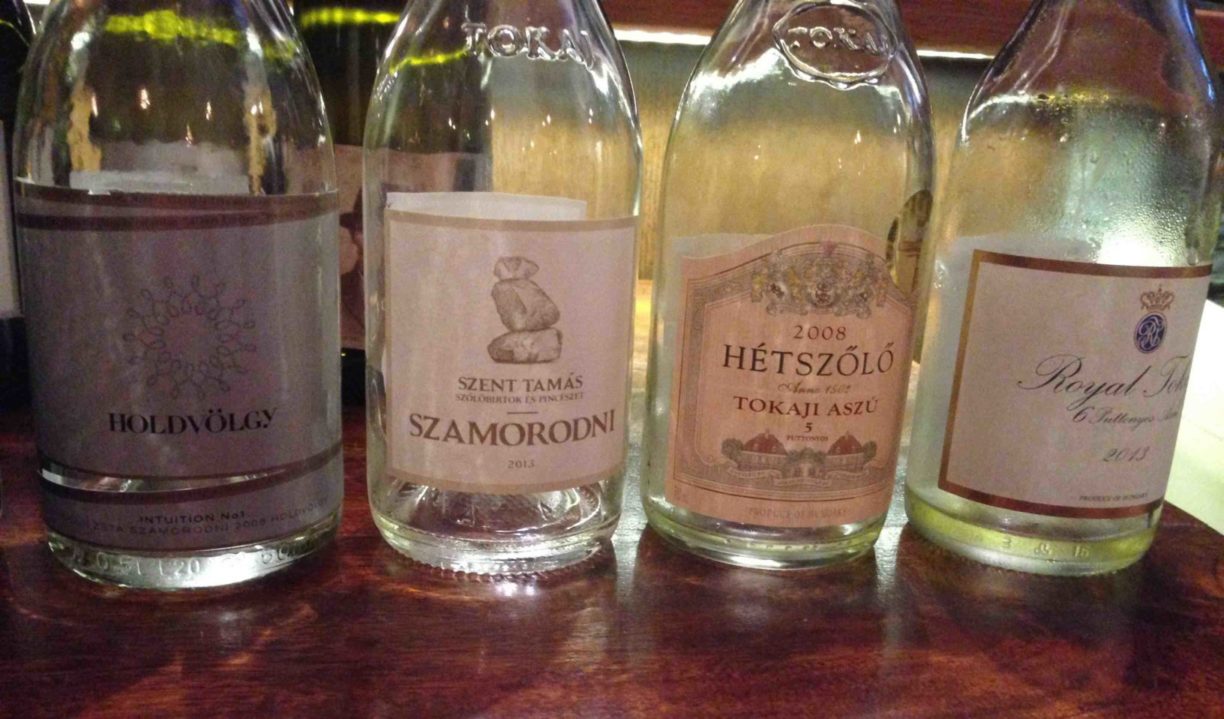
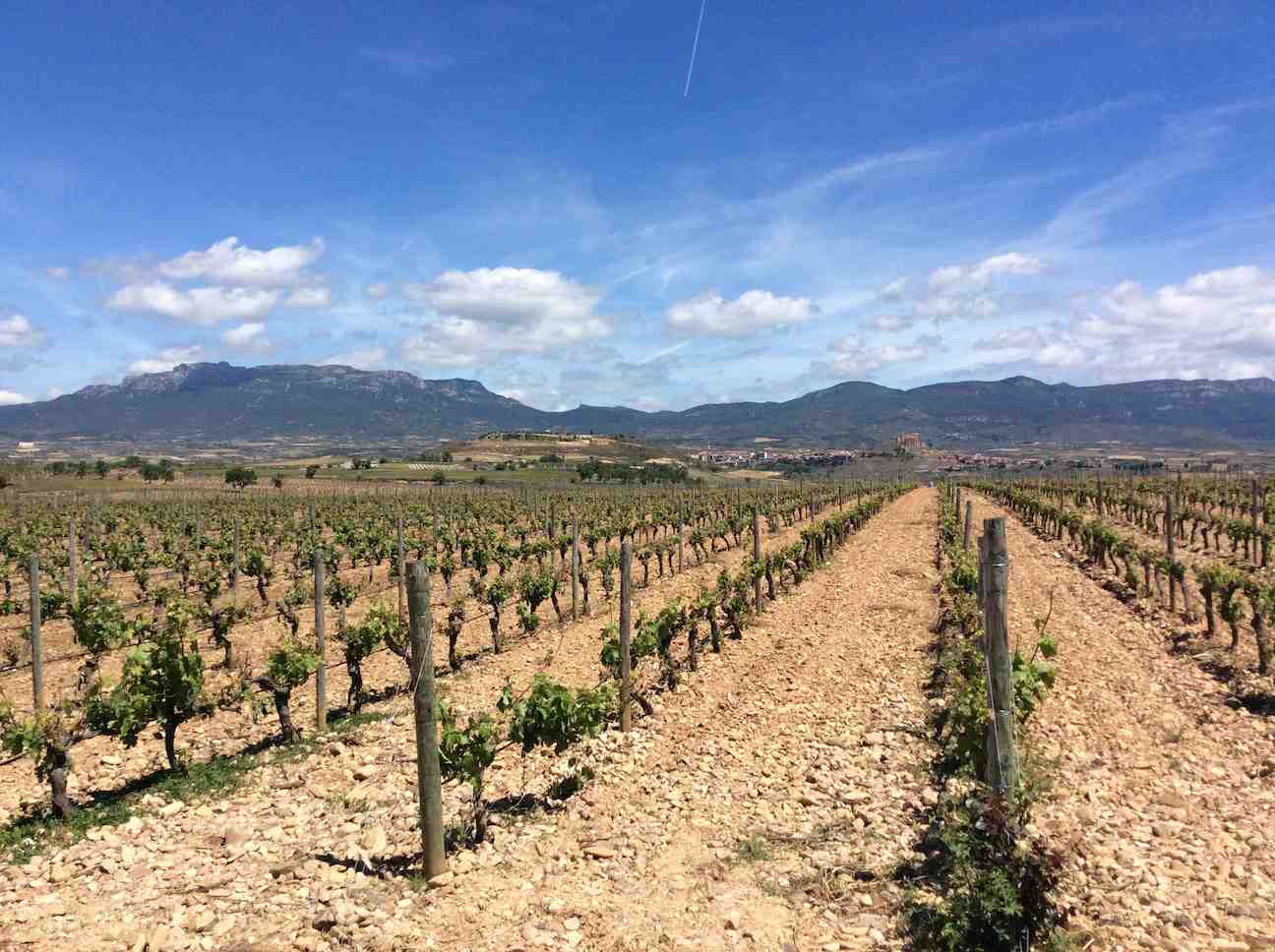
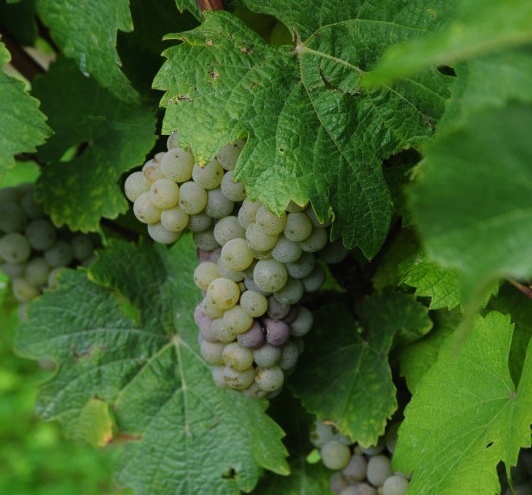
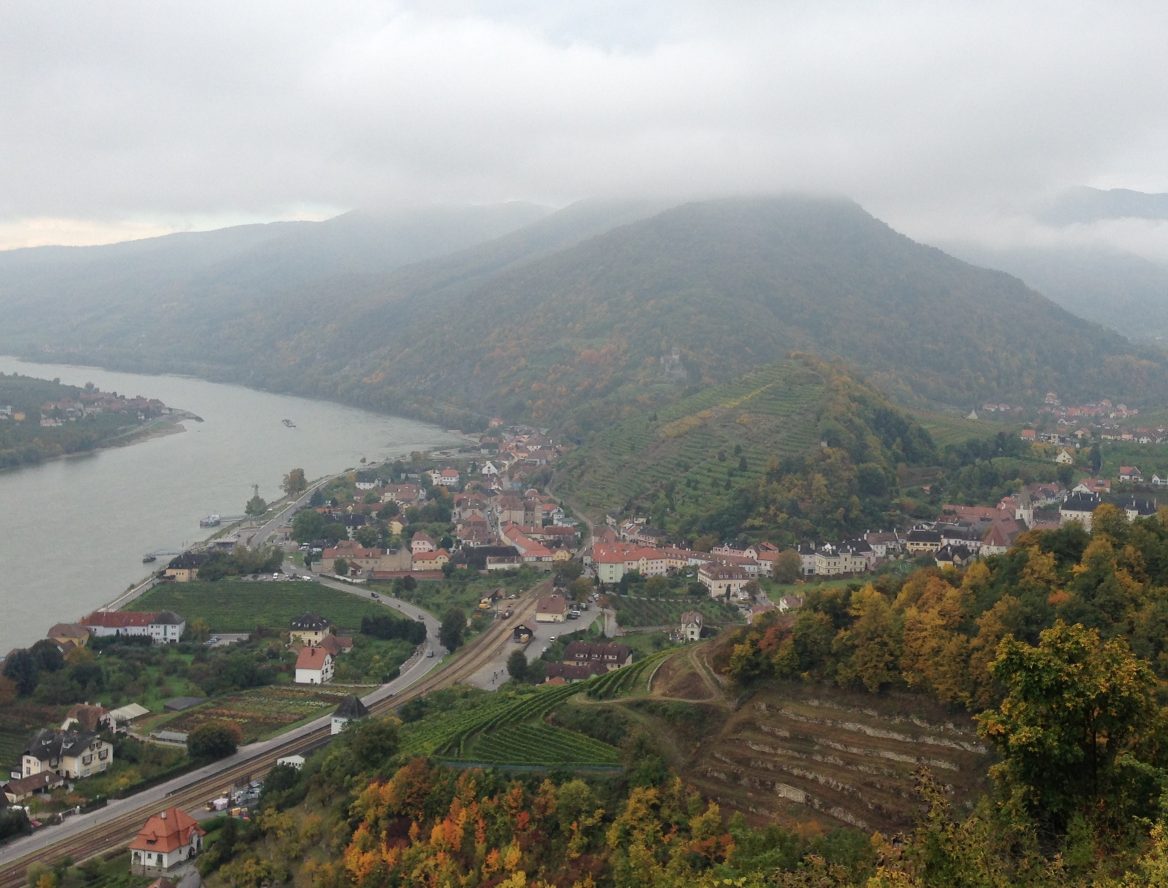
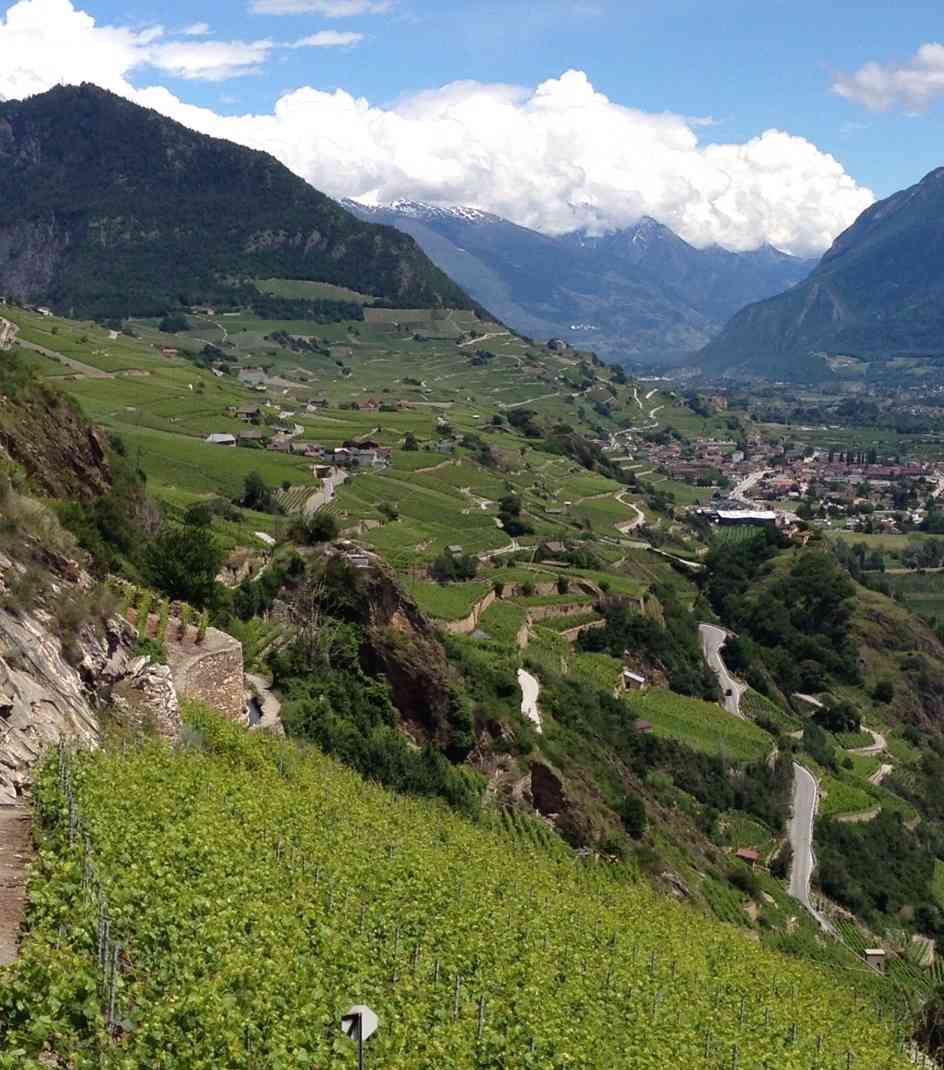
 ns for the harvest of healthy, ripe grapes. The almost always beautiful late autumn in Valais, with still very warm days and cool nights, …
ns for the harvest of healthy, ripe grapes. The almost always beautiful late autumn in Valais, with still very warm days and cool nights, … 